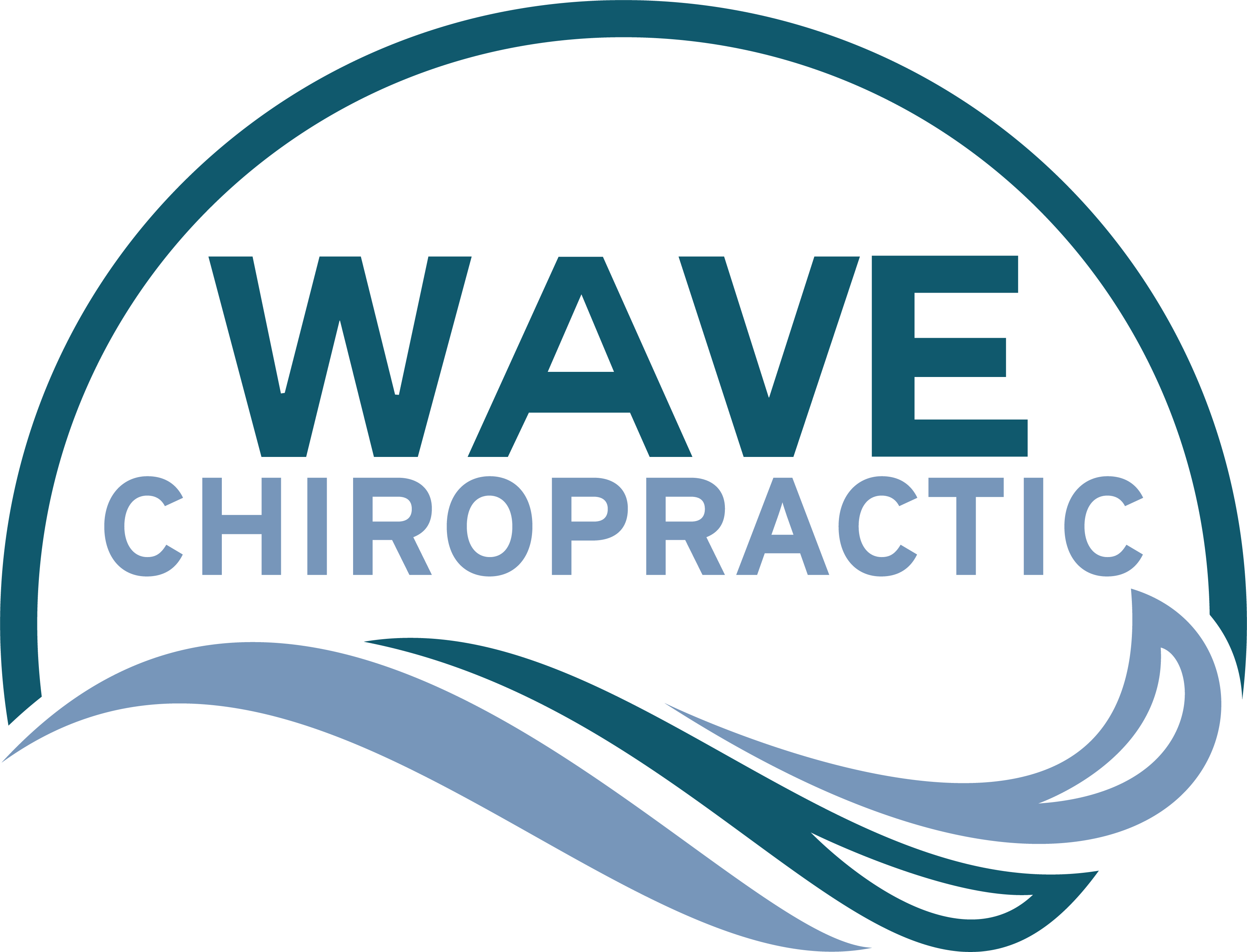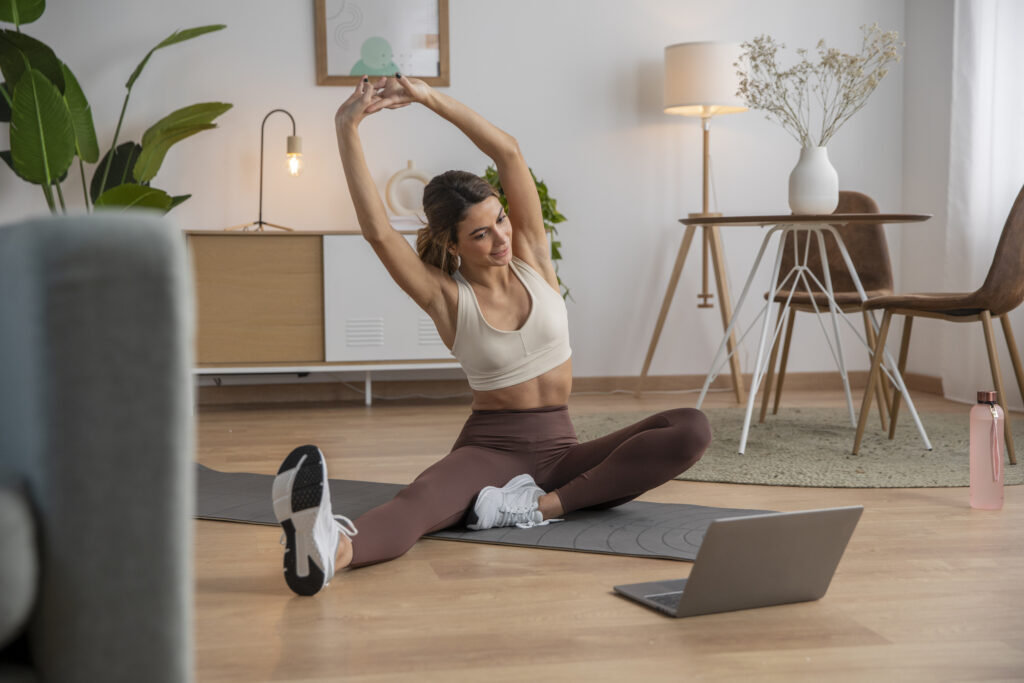You might not realize it, but your posture plays an essential role in your overall health and well-being. By incorporating simple practices into your daily routine, you can greatly enhance your posture and reduce discomfort. From regular stretching to creating an ergonomic workspace, small adjustments can lead to noticeable improvements. Plus, understanding the impact of mindful breathing and supportive gear can further elevate your posture game. Curious about the specific steps you can take to make these changes? Let's explore five effective ways to enhance your posture through care.
Stretch Regularly
Stretching regularly is essential for maintaining good posture and preventing discomfort. When you incorporate stretching into your daily routine, you increase flexibility and reduce muscle tension, which can greatly improve how you hold your body throughout the day.
Whether you're working at a desk, commuting, or enjoying leisure time, taking a few moments to stretch can make a real difference.
Start with simple stretches targeting your neck, shoulders, and back. For instance, try tilting your head to one side and holding for a few seconds before switching sides. This helps ease tension in your neck, which often bears the brunt of poor posture.
Additionally, shoulder rolls can release tightness in your upper back and improve your overall alignment.
Don't forget about your chest! Stretching your chest muscles counteracts the forward hunch many of us develop from prolonged sitting. Stand tall, clasp your hands behind your back, and gently pull your shoulders back. This stretch not only opens up your chest but also encourages a more upright posture.
Aim to stretch for at least 5-10 minutes every day, especially after long periods of sitting. You can even set reminders on your phone to prompt you.
Strengthen Core Muscles
To enhance your posture effectively, you should focus on strengthening your core muscles, as they play an important role in supporting your spine and maintaining balance. Your core isn't just about abs; it includes all the muscles around your trunk and pelvis. A strong core helps you maintain an upright position, reduces strain on your spine, and can even improve your overall stability.
Start by incorporating exercises that target your core muscles. Planks are an excellent choice, as they engage multiple muscle groups simultaneously. Hold a plank position for 20-30 seconds, gradually increasing the duration as you become stronger. You can also try side planks to work your obliques and improve lateral stability.
Don't forget about exercises like bridges and bird-dogs, which help strengthen your lower back and glutes, guaranteeing a well-rounded core workout. Aim to include these exercises in your routine at least three times a week. Consistency is key!
Moreover, pay attention to your form during these exercises. Proper alignment is vital to avoid injuries and confirm you're effectively targeting the right muscles. If you're unsure, consider working with a trainer who can guide you.
Finally, remember that core strength isn't built overnight. Be patient with yourself and celebrate small victories along the way. As you strengthen your core, you'll likely notice improved posture, reduced discomfort, and increased confidence in your daily activities.
Adjust Your Workspace
Regularly adjusting your workspace can greatly improve your posture and overall comfort.
When you're seated at a desk for long hours, small tweaks can make a big difference. You want to create an environment that supports your body and encourages good posture.
Here are three essential adjustments you can make:
- Chair Height: Your chair should allow your feet to rest flat on the floor. If your feet dangle, consider using a footrest. Your knees should be at a 90-degree angle or slightly lower than your hips to promote proper spinal alignment.
- Monitor Position: Position your monitor at eye level, about an arm's length away. This prevents you from hunching forward or tilting your head down. A monitor stand or adjustable arm can help achieve the ideal height and distance.
- Keyboard and Mouse Placement: Keep your keyboard and mouse within easy reach, ensuring your elbows remain close to your body and form a 90-degree angle. This minimizes strain on your shoulders and wrists, allowing for a more relaxed typing posture.
Practice Mindful Breathing
Adjusting your workspace is just one part of enhancing your posture; incorporating mindful breathing into your daily routine can further support your body's alignment. When you practice mindful breathing, you not only reduce stress but also encourage better posture through awareness and relaxation.
Start by finding a comfortable seated position, either in a chair or on the floor. Close your eyes and take a deep breath in through your nose, allowing your belly to expand. Hold that breath for a moment, then exhale slowly through your mouth, letting your body relax.
As you breathe, pay attention to how your body feels. Are your shoulders hunched? Is your back curved? Recognize these tension points and consciously release them with each exhale.
Incorporating mindful breathing into your day can be as simple as setting aside a few minutes during breaks. You can even practice while sitting at your desk. Just remember to maintain an upright position as you breathe. This awareness not only helps you stay relaxed but also keeps your spine aligned.
Try to make mindful breathing a habit. You might even set reminders on your phone to encourage you to pause and breathe deeply throughout the day.
As you develop this practice, you'll likely notice improvements in your posture and overall well-being. With consistent effort, mindful breathing can become a powerful tool in your journey to a healthier posture.
Invest in Supportive Gear
While mindful breathing lays the groundwork for better posture, investing in supportive gear can greatly enhance your efforts.
Choosing the right gear makes a significant difference in how your body aligns throughout the day. Whether you're at your desk, exercising, or simply relaxing, supportive gear can help maintain that ideal posture you're aiming for.
Here are three essential items to evaluate:
- Ergonomic Chair: If you spend long hours sitting, an ergonomic chair supports your lower back and encourages a healthy spine alignment. Look for one with adjustable features to fit your body perfectly.
- Posture Corrector: A posture corrector can gently remind you to sit or stand up straight. These devices offer support to your shoulders and upper back, helping you maintain proper alignment throughout the day.
- Supportive Footwear: Your feet are the foundation of your posture. Investing in supportive shoes can help distribute your weight evenly and reduce strain on your back. Avoid flats or high heels; instead, opt for shoes that provide arch support and cushioning.
Conclusion
By incorporating these five strategies into your daily routine, you can greatly enhance your posture and overall well-being. Regular stretching keeps your muscles flexible, while core strengthening provides essential support. Adjusting your workspace promotes proper alignment, and mindful breathing aids in reducing stress. Finally, supportive gear can make a world of difference. Start today, and you'll not only feel more comfortable but also boost your confidence and energy levels as you carry yourself with pride.

